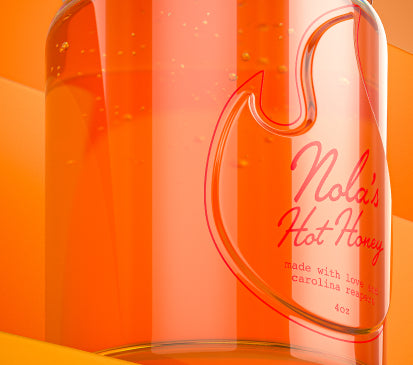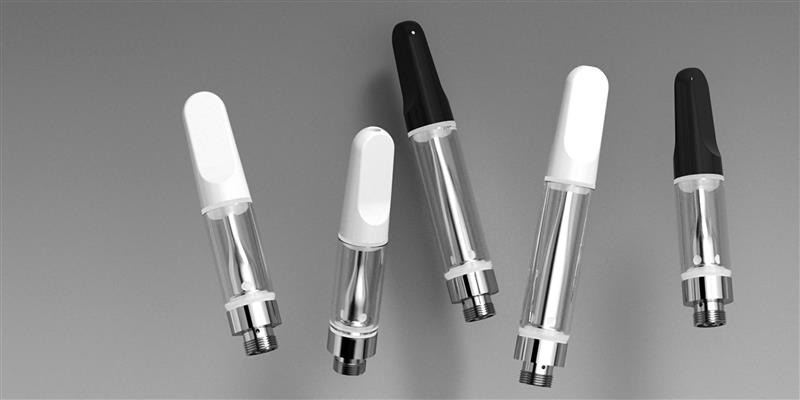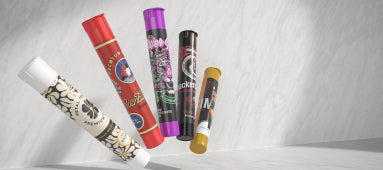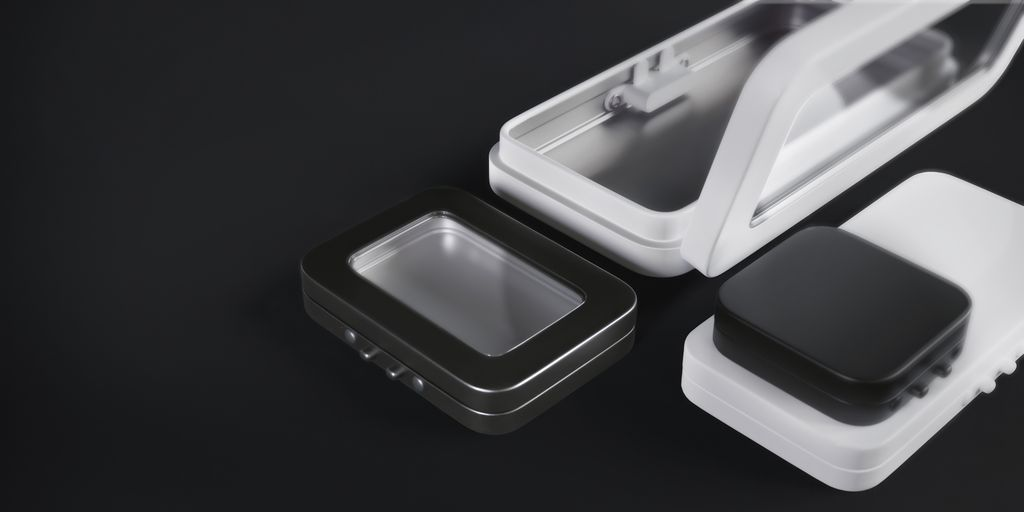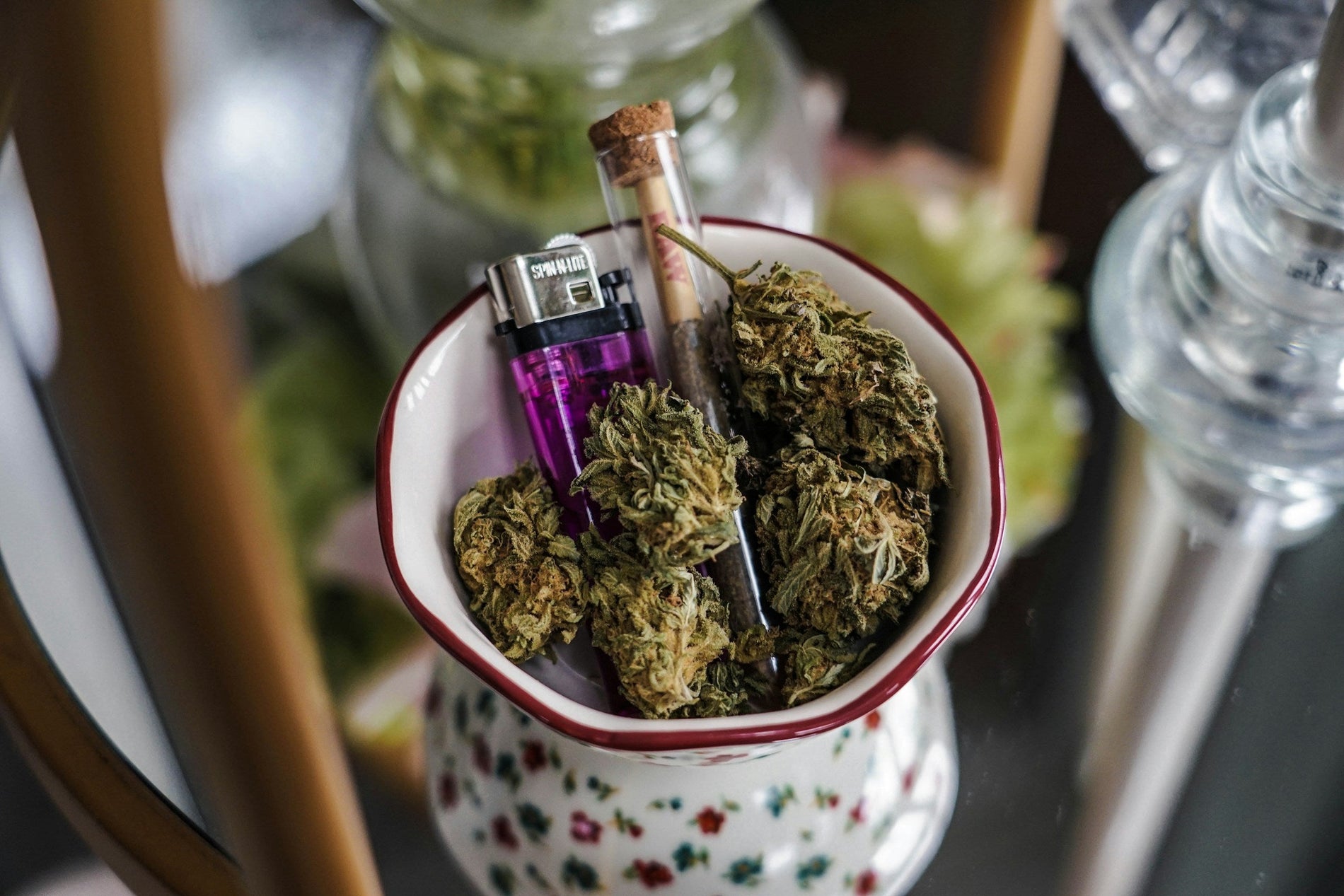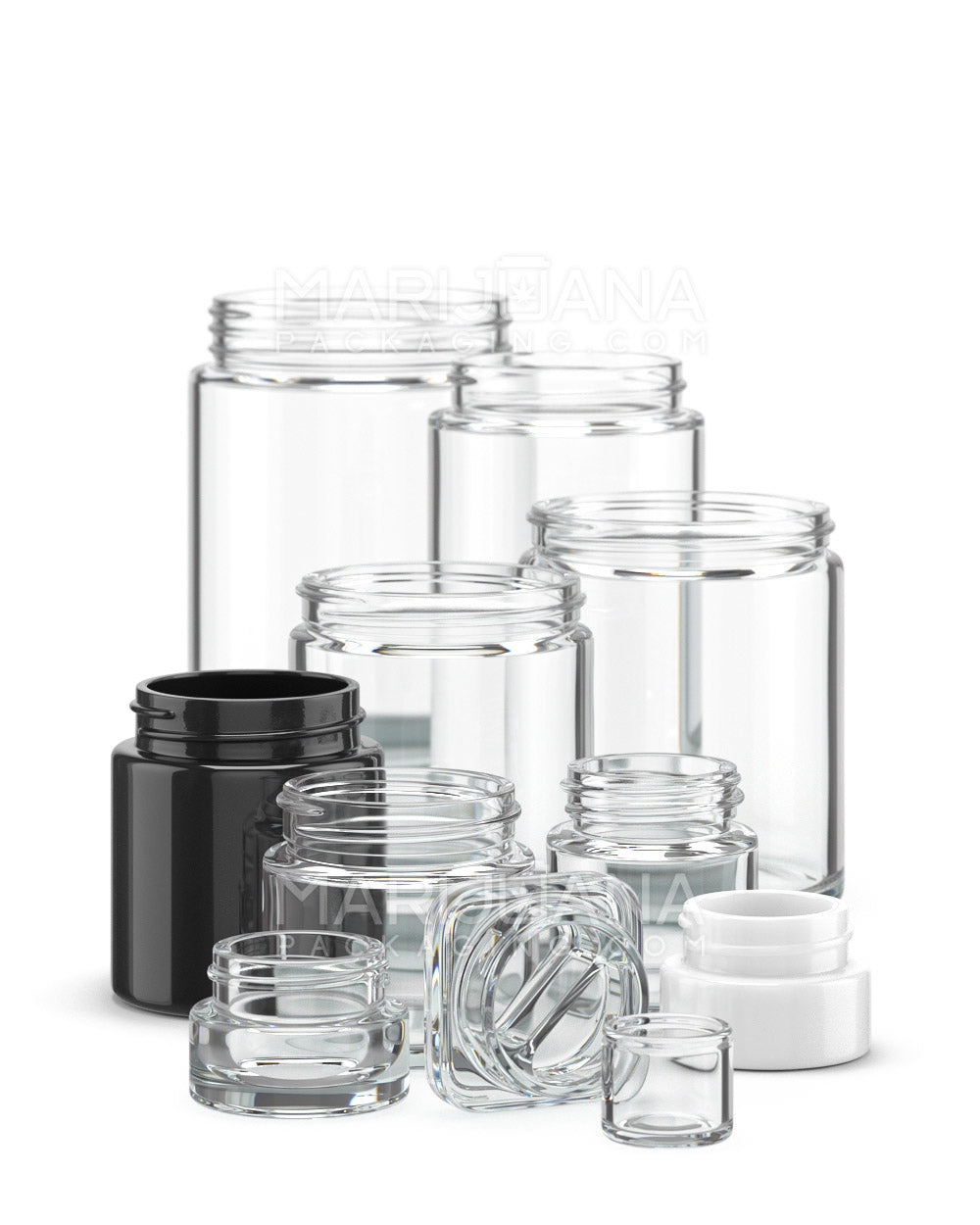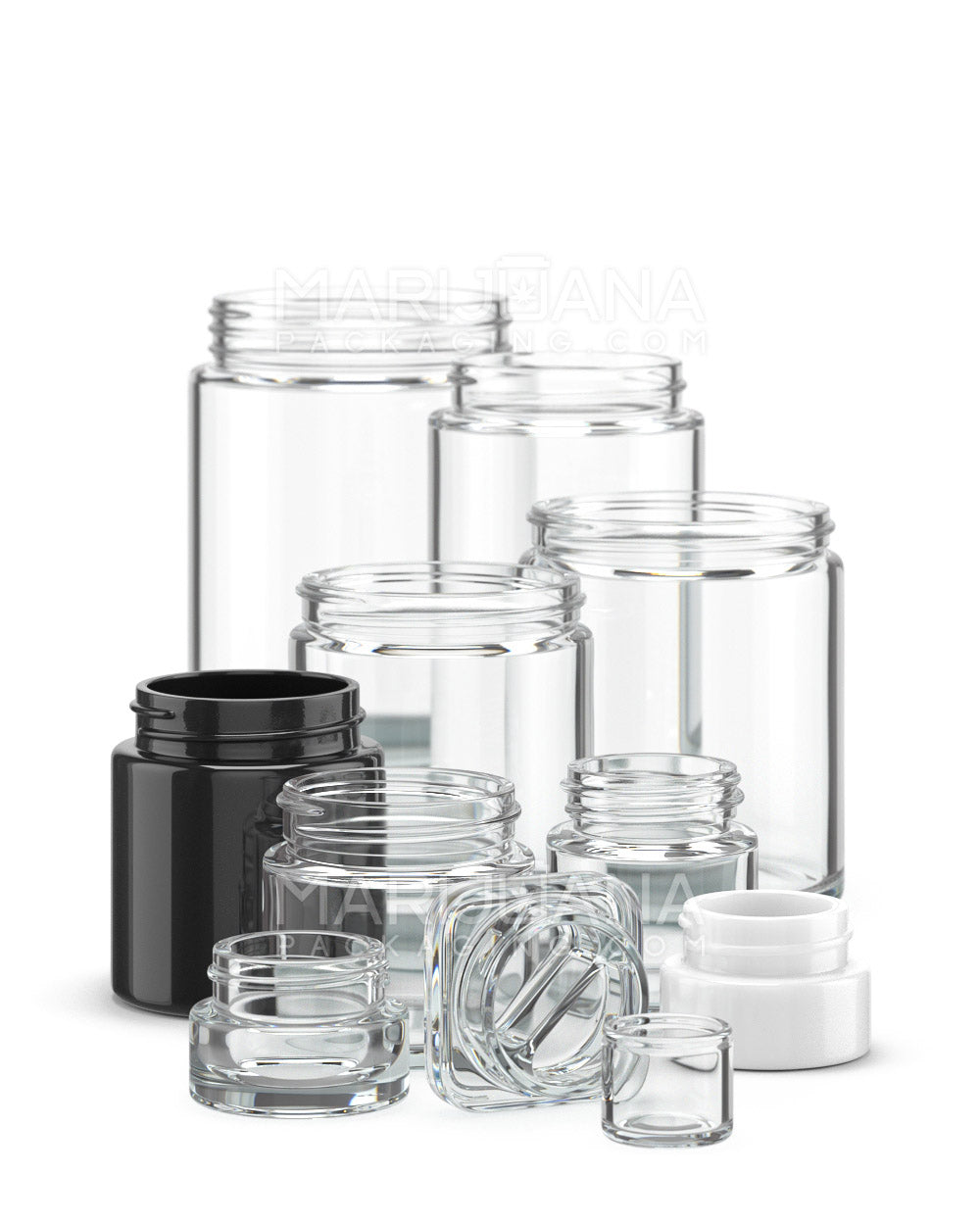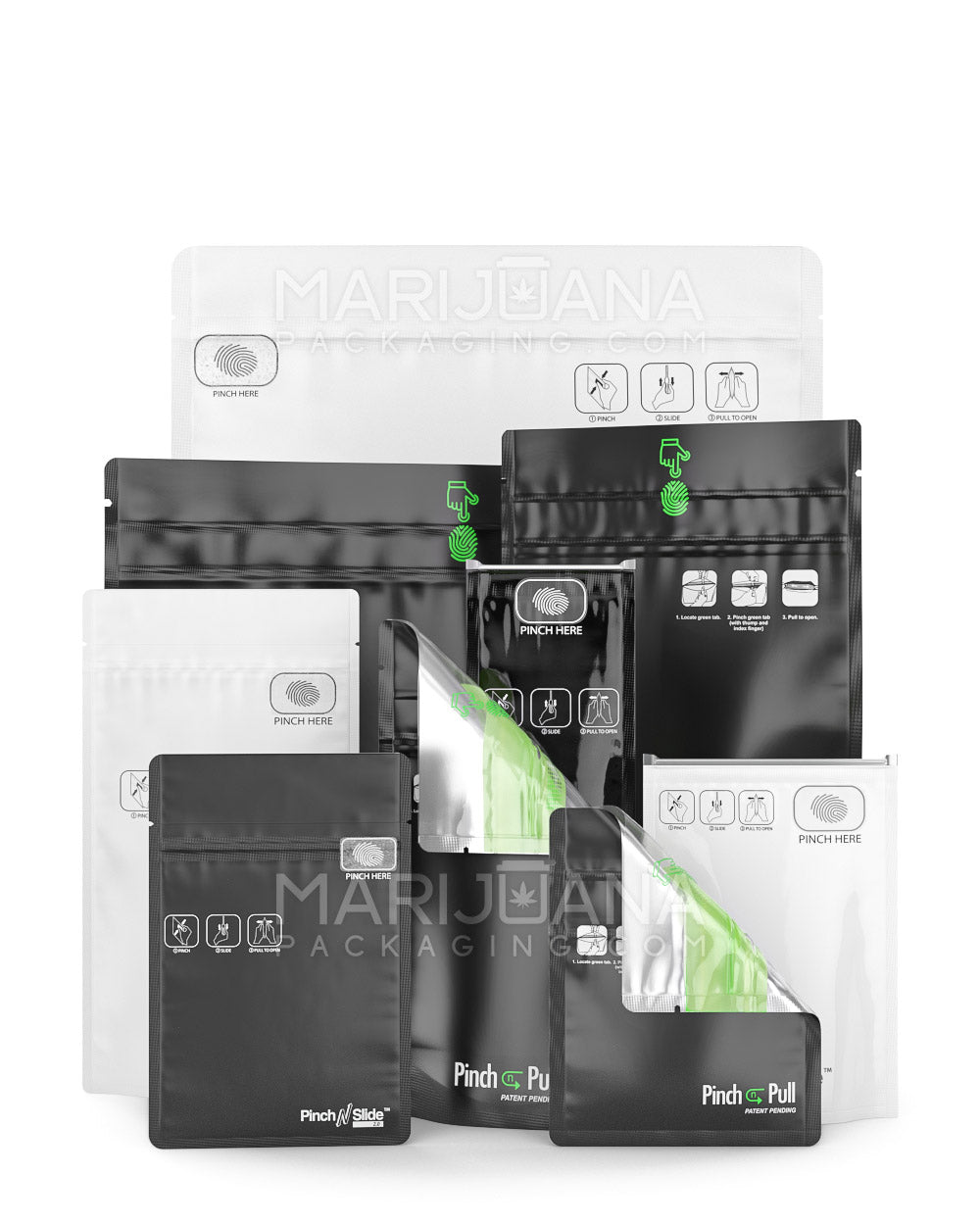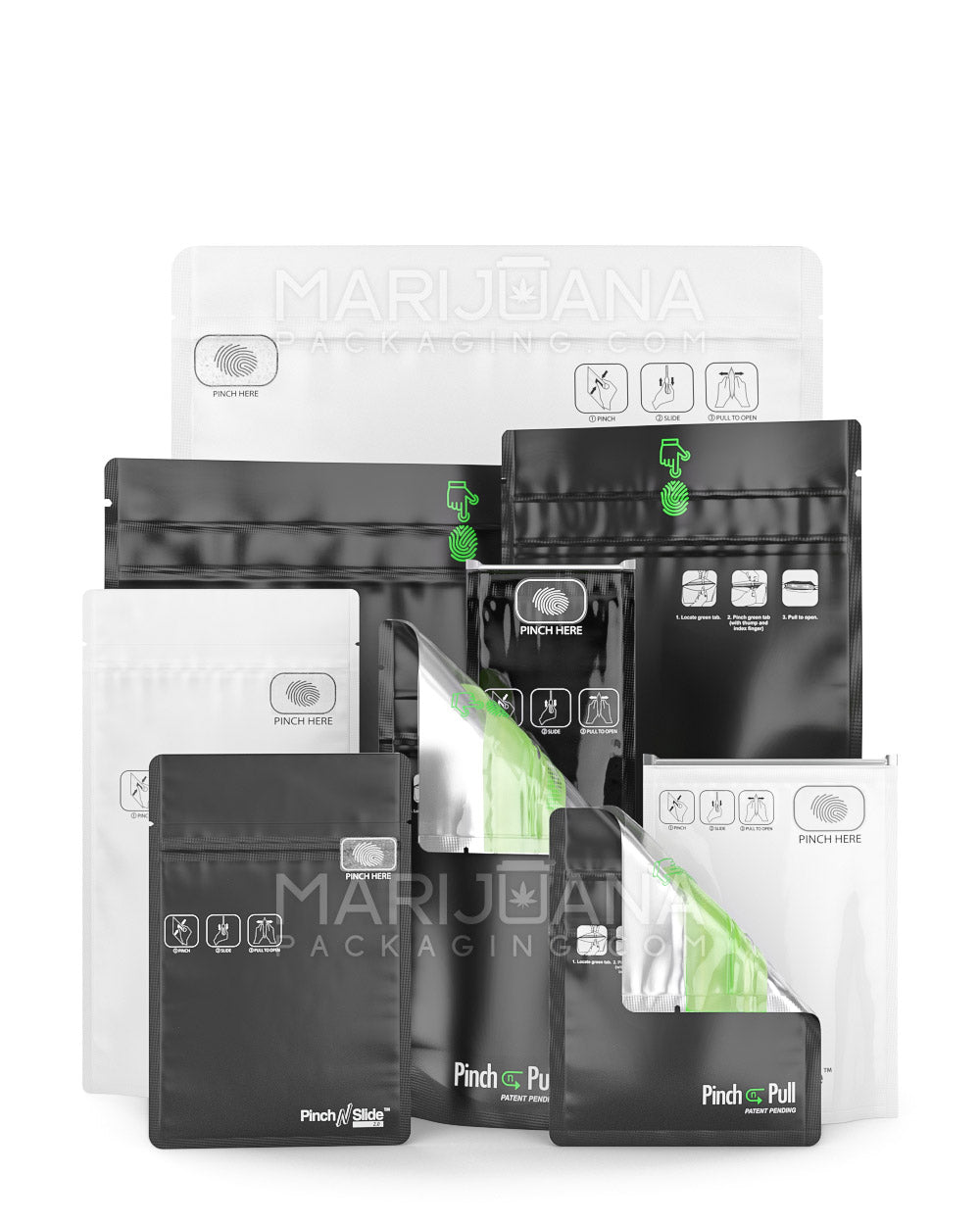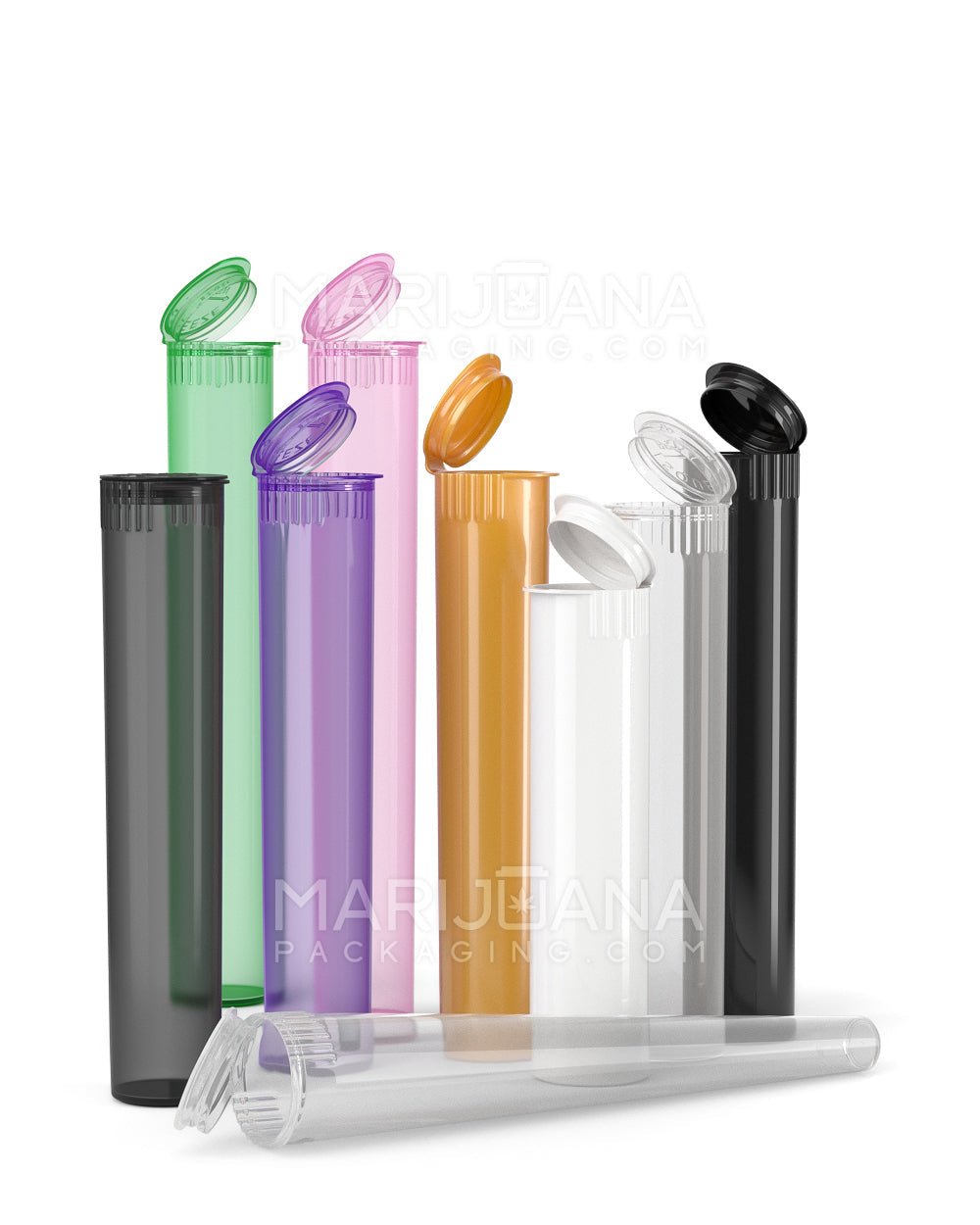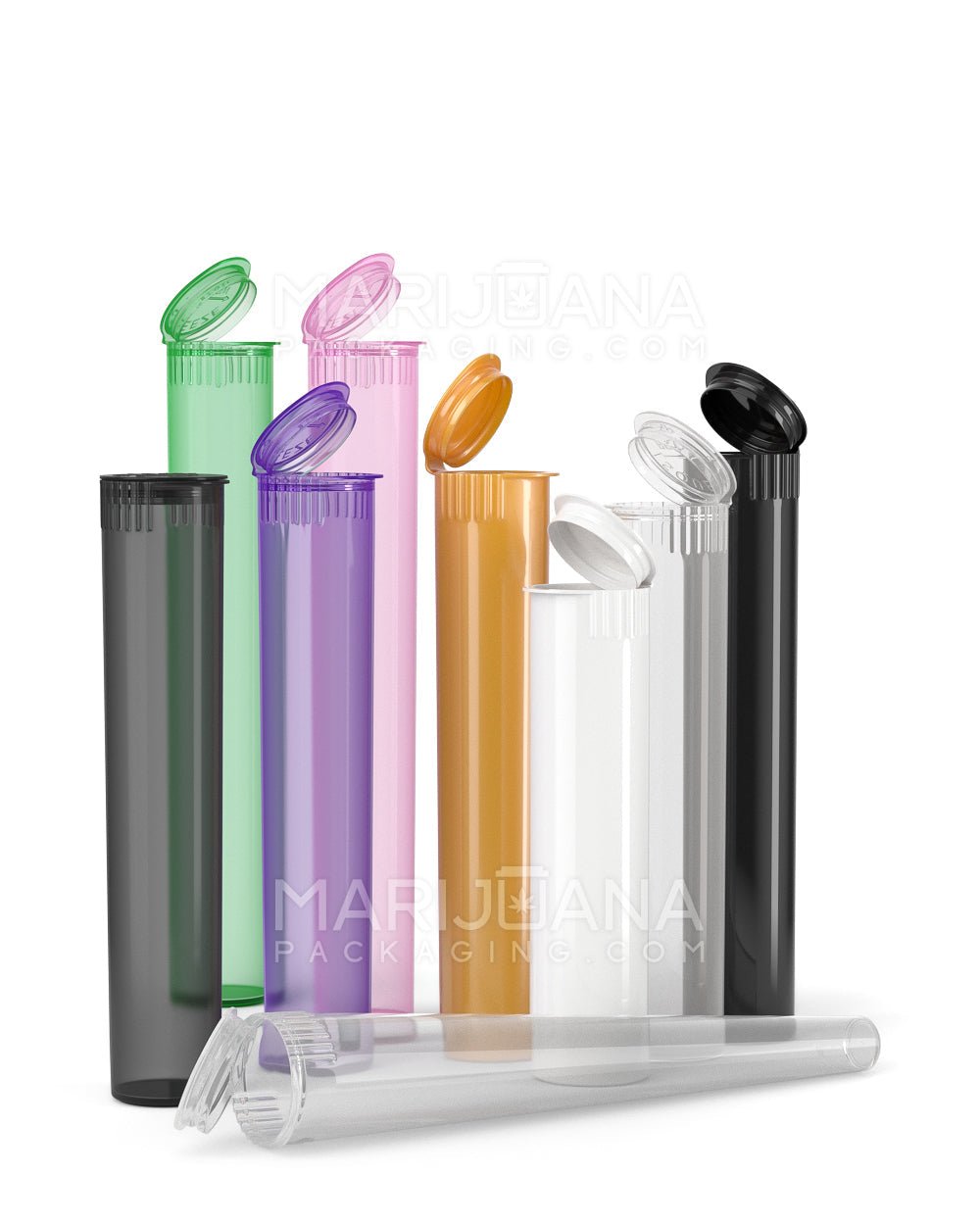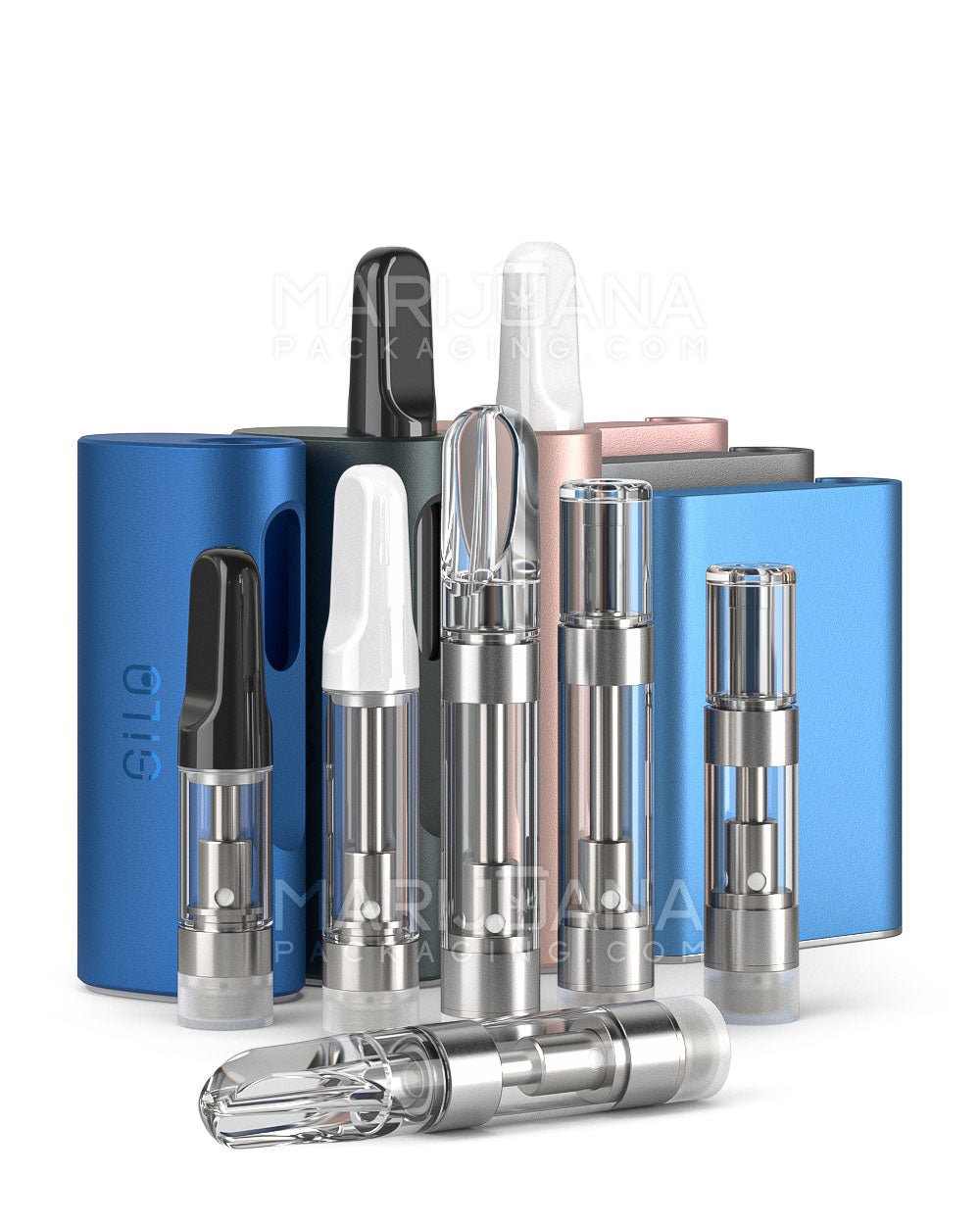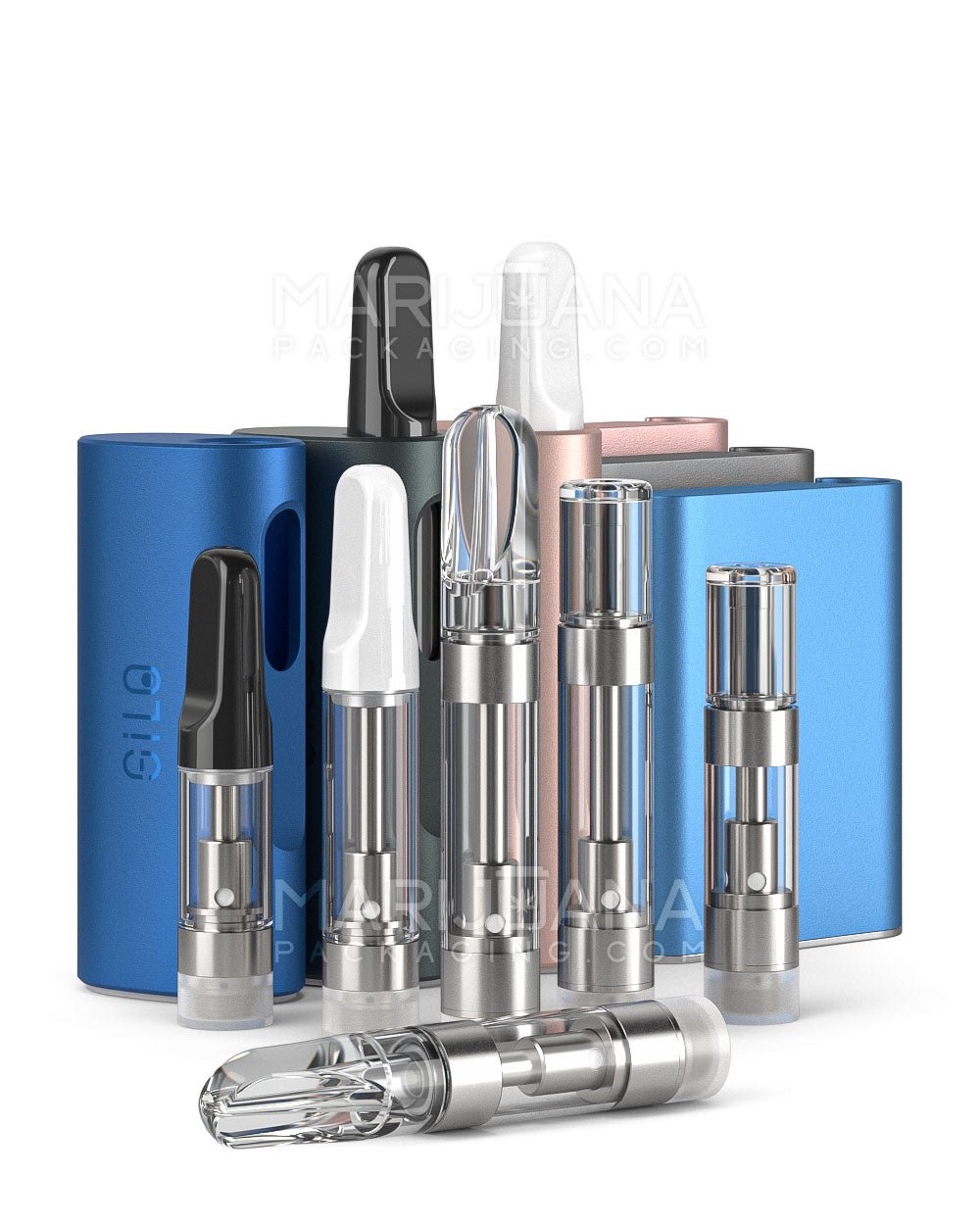Microwaving marijuana might sound like an odd idea at first, but it's a topic that's been buzzing around, especially among those curious about quick fixes and unconventional methods. It's no secret that marijuana enthusiasts are always on the lookout for new ways to enjoy their favorite herb, but not all methods are created equal—or safe. So, what happens when you pop your weed in the microwave?
In this article, we'll break down the science behind microwaving marijuana, what it does (and doesn't do) to your bud, and whether it's something you should consider trying. We'll also touch on some safer alternatives and explore the implications of this method on the quality and potency of your marijuana.
Why Would Someone Microwave Marijuana?
The idea of microwaving marijuana may seem puzzling at first. You might wonder why anyone would even think of putting their precious buds in a microwave. Here are a few reasons this idea might cross someone's mind:
- Quick Drying: If you've ever found yourself with fresh, undried marijuana, you know the waiting game can be tough. Some might consider microwaving as a fast way to dry their weed quickly.
- Decarboxylation: The process of activating THC, the psychoactive component in marijuana, is called decarboxylation. Some might think microwaving can achieve this quickly without the need for an oven.
- Curiosity: Let's face it, sometimes people just want to experiment and see what happens when they try something unconventional.
While these reasons might explain the curiosity, the reality of microwaving marijuana is quite different from the expectations.
The Science Behind Microwaving Marijuana
Microwaves cook food by emitting electromagnetic waves that excite water molecules, causing them to vibrate and produce heat. This method is quick and effective for many foods, but marijuana is a different story.
When you microwave marijuana, you're essentially heating it unevenly. This uneven heating can cause problems. The water molecules in the plant material get hot, but the microwaves don't distribute this heat evenly throughout your buds. The result? You might end up with some areas that are dry and brittle while others remain wet and sticky.
Moreover, microwaving can degrade the delicate compounds in marijuana, such as terpenes and cannabinoids, which are responsible for the plant's aroma, flavor, and psychoactive effects. The rapid, uneven heating can cause these compounds to break down, resulting in a less potent and flavorful product.
Does Microwaving Activate THC?
Decarboxylation is the process that converts THCA (the non-psychoactive form of THC) into THC, which is psychoactive and gives marijuana its characteristic high. This process typically requires a consistent temperature over a specific period, usually achieved by baking marijuana in an oven at a low temperature.
While microwaving could theoretically decarboxylate marijuana, the method is too inconsistent to be reliable. The uneven heating and potential for overheating can lead to THC degradation rather than activation. In fact, you might end up burning off some of the THC before it has a chance to convert, leaving you with less potent marijuana.
So, if you're thinking of using a microwave to activate your marijuana, you might want to reconsider. A more controlled method, like using an oven, is a much safer bet for effective decarboxylation.
Potential Risks and Downsides
Microwaving marijuana isn't just ineffective—it's potentially risky. Here are a few downsides to keep in mind:
- Loss of Potency: As mentioned earlier, microwaving can degrade THC and other cannabinoids, leading to a weaker product.
- Flavor Loss: Terpenes, which give marijuana its unique flavors and aromas, are sensitive to heat. Microwaving can destroy these compounds, leaving your weed tasteless and less enjoyable.
- Inconsistent Results: The uneven heating of a microwave can result in buds that are burnt in some areas and still wet in others, making for an inconsistent experience.
- Potential Safety Hazards: Microwaving anything improperly can be a fire hazard, and marijuana is no exception. The plant material can catch fire if left in the microwave for too long.
Overall, the risks and downsides far outweigh any perceived benefits of microwaving marijuana.
Alternatives to Microwaving Marijuana
If you're looking for ways to dry or decarboxylate your marijuana quickly, there are safer and more effective methods than microwaving. Here are a few alternatives:
- Oven Drying: If you need to dry fresh marijuana, using an oven at a low temperature (around 200°F) can be an effective method. Spread the buds on a baking sheet and check them frequently to avoid overheating.
- Traditional Decarboxylation: Decarboxylate marijuana by baking it in an oven at 220°F for 30-45 minutes. This method is more controlled and helps preserve the potency and flavor of the weed.
- Air Drying: For those with fresh marijuana, air drying is the traditional method. It takes longer, but it ensures even drying and preserves the quality of the bud.
These methods may require a bit more patience and care than microwaving, but they're well worth the effort for a better end product.
Impact on Terpenes and Cannabinoids
Marijuana's unique aroma and effects come from its terpenes and cannabinoids. When exposed to uneven or excessive heat, as in the case of microwaving, these compounds can degrade quickly.
Terpenes are responsible for the scent profiles of marijuana strains. They are sensitive to heat and can evaporate at relatively low temperatures. This means that microwaving marijuana can result in a loss of aroma and flavor, which can affect the overall experience.
Cannabinoids, including THC and CBD, are the compounds that provide marijuana's psychoactive and medicinal properties. These compounds can also break down when exposed to improper heating, reducing the potency and effectiveness of the marijuana.
Maintaining the integrity of terpenes and cannabinoids is essential for enjoying the full range of effects and benefits marijuana has to offer. Microwaving simply doesn't cut it when it comes to preserving these valuable compounds.
Can Microwaving Be Salvaged for Edibles?
Some might wonder if microwaving marijuana could work for making edibles, where flavor might be less of a concern. However, the same issues persist.
Edibles require precisely decarboxylated marijuana to ensure the THC is activated. The uneven heating of a microwave can lead to inconsistent results, with some portions of the marijuana being under-activated and others overdone. This inconsistency can lead to edibles that are either too weak or too strong.
For those interested in making edibles, sticking to traditional decarboxylation methods is the best way to ensure consistent and enjoyable results. Using an oven or a specialized decarboxylation device can make all the difference in the quality of your homemade edibles.
Legal Considerations
When experimenting with marijuana, it's important to stay informed about the legal implications. Microwaving marijuana in itself isn't illegal, but if you're in a state where marijuana is still illegal or you're using it in a way that's not permitted by law, you could run into trouble.
Always ensure you're following your state and local laws regarding marijuana use and preparation. If you're unsure of the regulations in your area, it's a good idea to do some research or consult with a legal expert.
Beyond legal issues, consider the safety of those around you. Microwaving marijuana can produce strong odors and smoke, which could lead to unwanted attention or concerns from neighbors or others in your household.
Final Thoughts
Microwaving marijuana might seem like a quick fix, but it comes with more drawbacks than benefits. From uneven heating to the potential loss of potency and flavor, this method falls short of delivering the quality experience most marijuana enthusiasts are looking for. Stick to tried-and-true methods like oven drying or traditional decarboxylation to get the most out of your cannabis.
If you're in the market for packaging solutions for your marijuana products, Gamut offers a wide range of options to fit your needs. With over a decade of expertise in consumer goods packaging, Gamut provides everything from jars and bags to custom designs. Their full-scale packaging services are designed to help your brand stand out in any market, ensuring your products are memorable and high-quality.
